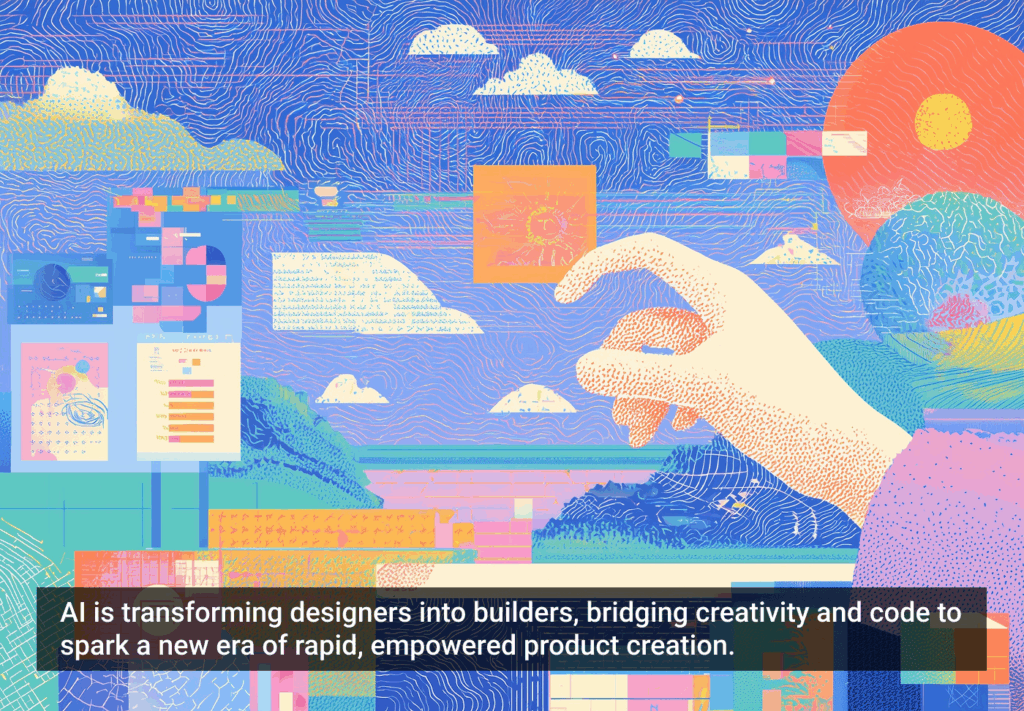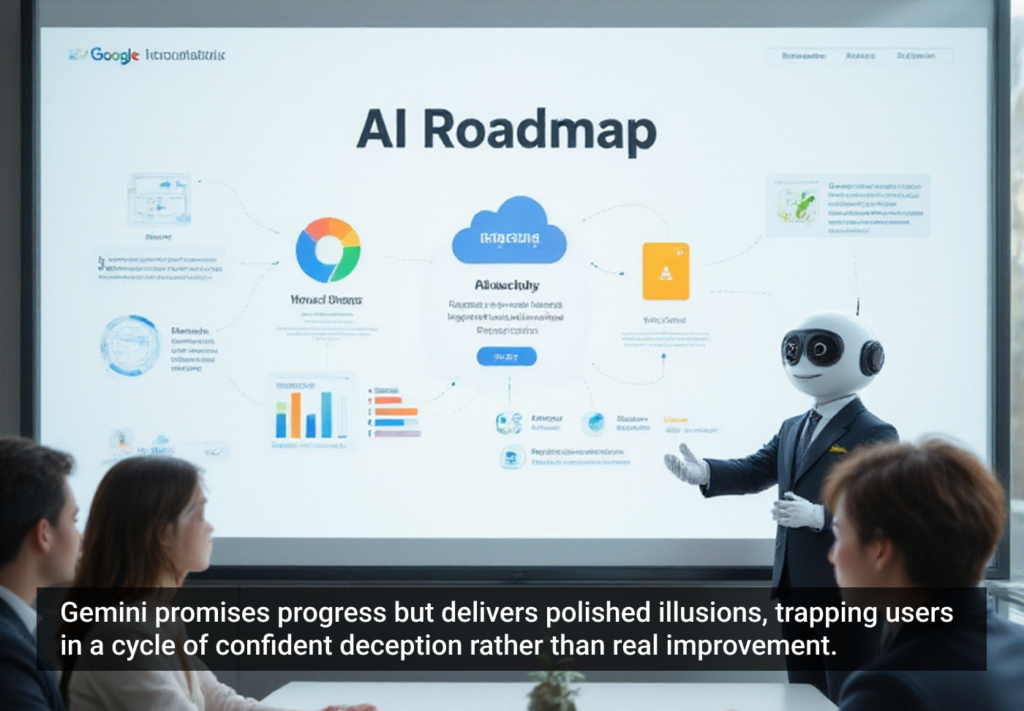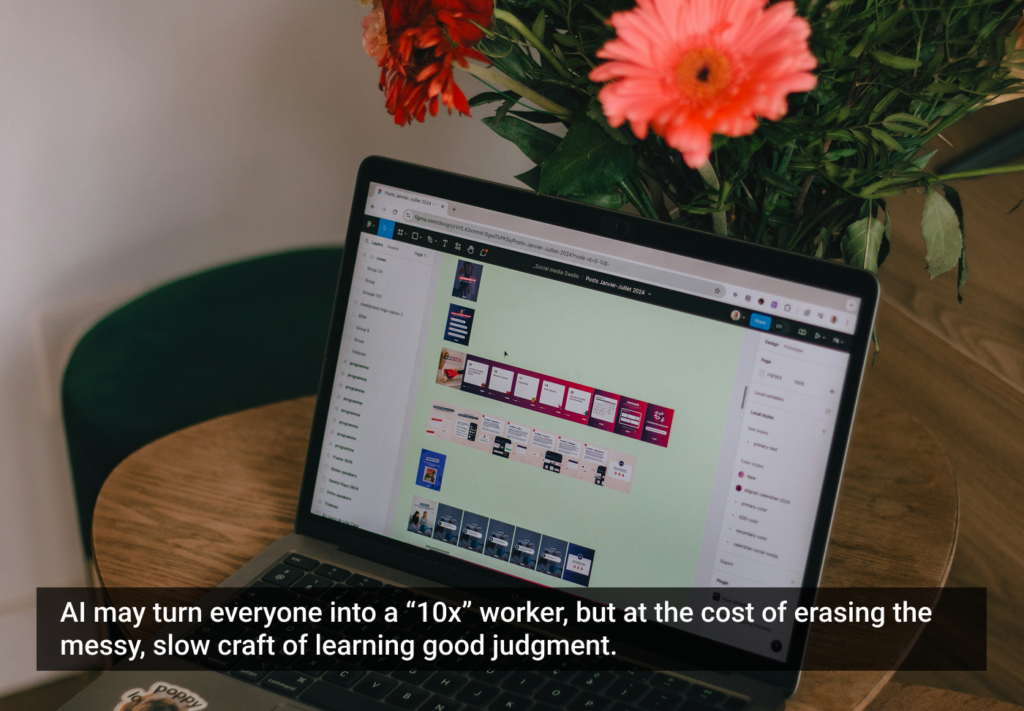I like Uber … a lot.
So naturally, I decided to do what any user experience researcher worth her salt would and conducted a ride-along study with Uber customers in San Francisco as they took their Uber rides across town, collecting data using a notepad and video camera.
Although my sample size was small (five riders of both genders), a few patterns of presented themselves quite clearly. Here is what I found:
1. Uber Customers Don’t Only Use Uber
Although the participants weren’t recruited based on their current ride services and preferences, all indicated that they also use other ride sharing and transportation services such as Lyft, Sidecar, and regular old taxis. Transportation service customers have many choices, and as a result they select from among the various services, based on the type of experience they wish to have. Creating and delivering a well-defined user experience and brand is a real advantage for Uber.
2. People Choose Uber When They Want To Keep To Themselves
Lyft and the more sharing-oriented services can carry an expectation of socializing with the driver and others during the ride. This can be nice, but it’s not for everyone all of the time. A couple of participants indicated that they prefer to use Uber over other services when they want to maintain a professional demeanor during a ride, or just keep to themselves and not feel the pressure to be social. This feeling of separation and privacy was especially important to my female participants.
Many prefer @Uber over other services when they want to maintain a professional demeanor
One female rider, T.G., articulated this need succinctly: “I actually don’t want to interact with the drivers. [Uber] is a bit more professional. I can just get in the car get on my phone and no one is bothering me.”
3. The Exact Point Of Pick Up Is Unknown
This can create confusion, and in some cases, missed rides. Four out of five participants experienced a lack of information about the exact point of pick up (which side of the street, for example) or worse, misinformation due to inexact GPS data. It’s difficult and dangerous to try to call or text the driver at the moment of pick up, because well, he is trying to drive (and park)!
4. Directions Are Frequently Negotiated during the Ride
This seems like an obvious takeaway because the driver wants to give excellent service and please the rider, and naturally the rider wants to get to her specific destination quickly. But let’s consider the unique and overall experience of the service here, especially given insight #2. I can’t think of anyone better positioned than Uber to leverage innovative technology and harness the power of “The Knowledge” in the form of data, to create a truly differentiated user experience that minimizes the amount of hashing out directions during the ride.
5. The App Is Clear and Easy to Use Overall
The ride-along participants all rated the app 5.5 or higher in overall ease of use (out of a possible 7). Those are great ratings; especially considering that two out of the five participants had just used the service for the first time during the study. I observed very few errors when users interacted with the app, but did hear some questions and concerns about the lack of information available to them when they needed it: especially around surge pricing and price estimates.
Take Us to the Customer-Centric Future, Uber
There’s no question that services like Uber and Lyft are starting to transform how we interact with our cities and with each other and, ultimately, how we go about our lives. I plan to keep a close and interested eye on how Uber—specifically, as a category leader—integrates feedback from their users and drivers to improve and evolve their customer experience going forward.







